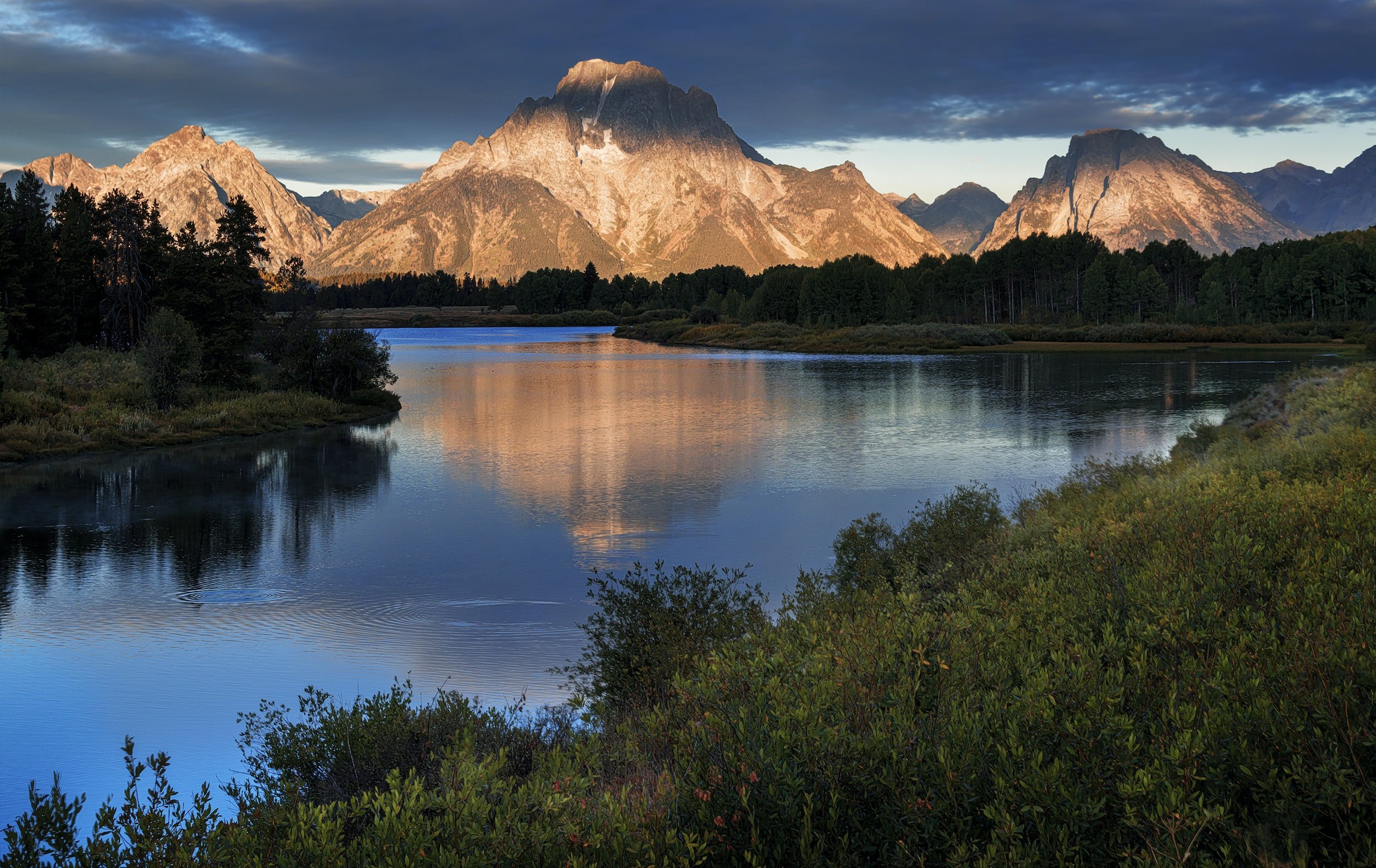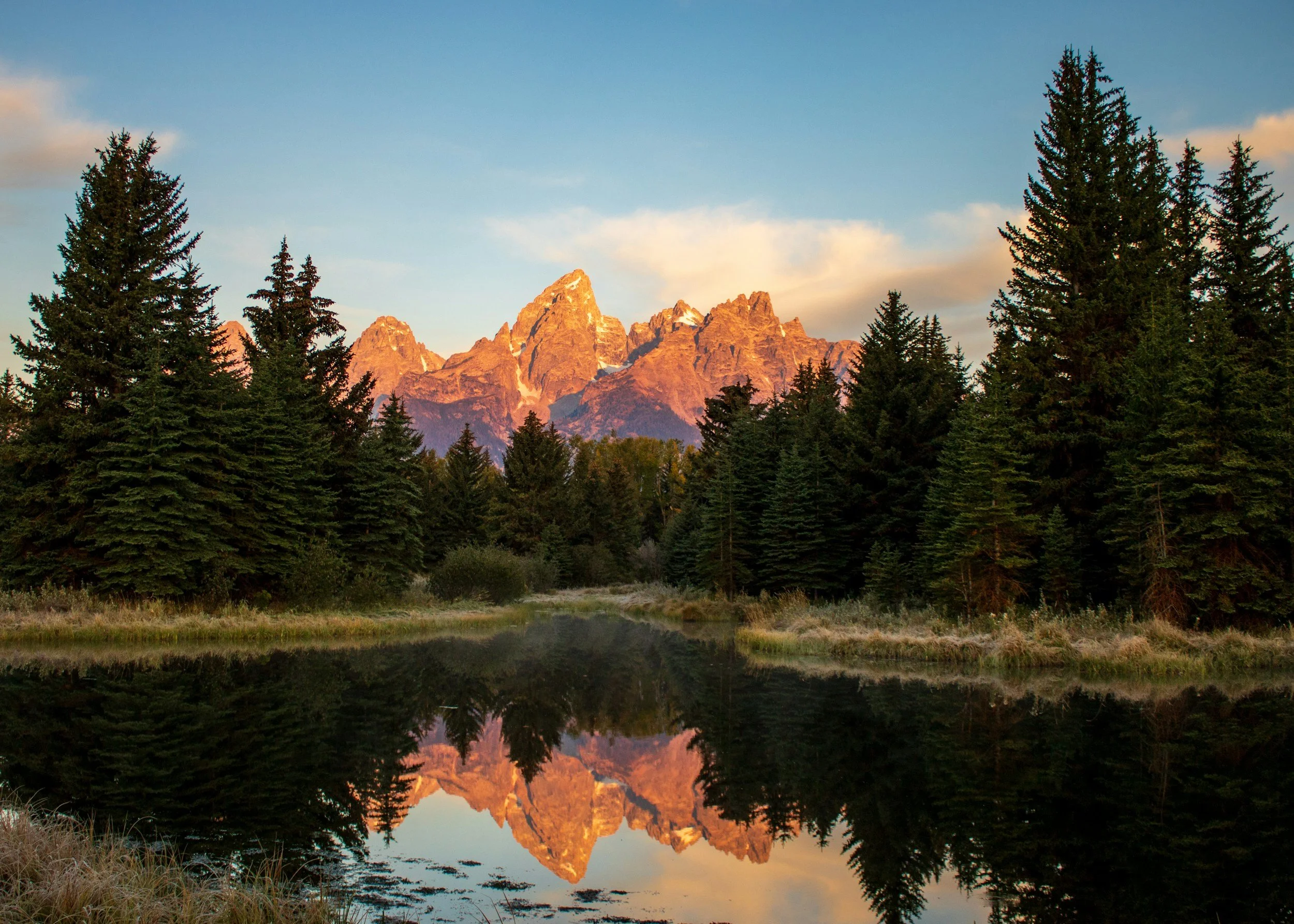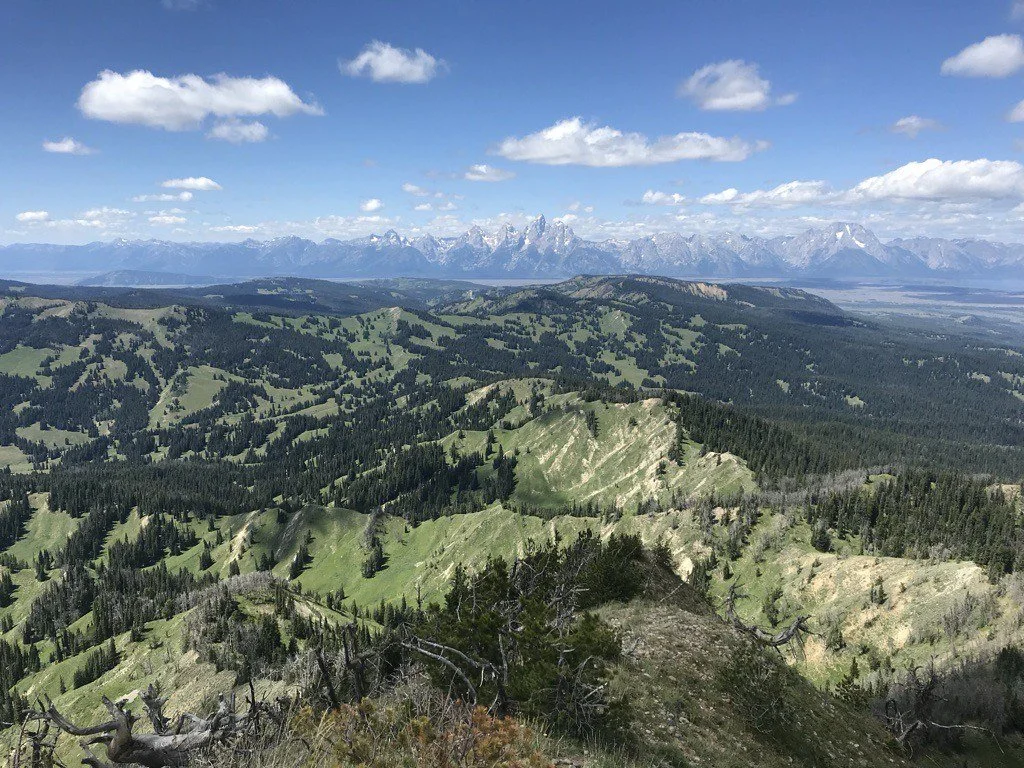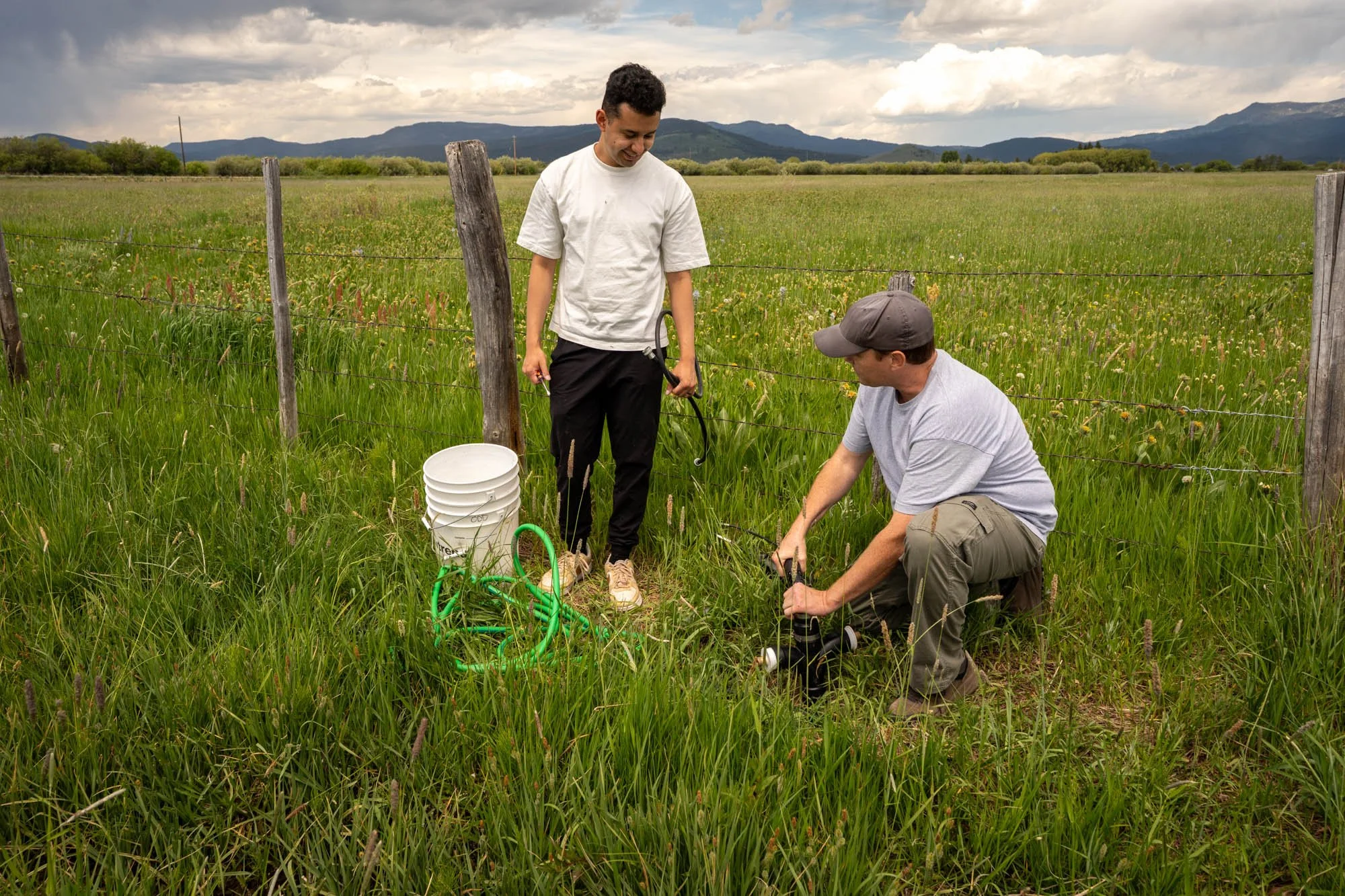
Evaluating Diversion Dam
The cold, free-flowing waters of the Greater Yellowstone Ecosystem sustain a wide array of plant and animal life, support thriving communities, and sustain diverse livelihoods.
From the mighty Yellowstone River to dynamic backcountry streams like the Boulder River and Hellroaring Creek, the waterways of Greater Yellowstone are the lifeblood of the ecosystem.
One such river is the Wind River – known locally as “the Big Wind” – which first rises amidst the high peaks of the Shoshone National Forest before flowing southeast into the vast sagebrush steppe of western Wyoming. Here, it sustains many of the iconic species the Greater Yellowstone Ecosystem is known for: grizzly bears, elk, pronghorn, trumpeter swans, osprey, and more.
Today, near the intersection of U.S. Highway 26 and U.S. Highway 287, the Big Wind’s natural flow abruptly comes to an end. It is here, just north of Fort Washakie on the Wind River Indian Reservation, that the Bureau of Reclamation built a dam to divert the river’s flow away from the Indigenous communities downstream in order to provide water to non-Tribal irrigators.
Completed in 1923, Diversion Dam has been operational for 100 years, representing not only a profound and continuing injustice to the Tribes, but an ecological catastrophe as well; there are times when the Big Wind below Diversion Dam is completely dewatered, leaving no flow for the Tribes, let alone for the fish, wildlife, and riparian habitats downstream.
The 53 miles of the Big Wind below Diversion Dam have been so dramatically altered by the dam’s existence that locals call this stretch “the dying stream.”
Here, invasive species like Russian olive and tamarisk outcompete the native cottonwood, willow, and chokecherry that rely on the river’s now unpredictable flow to survive. The fish and wildlife that the river once sustained are impacted as well, as are the Indigenous communities downstream.
Below the dam, Indigenous farmers and ranchers are left with little to no water from the Big Wind. The riparian corridors once rich with native plants that supported the food sovereignty of Indigenous people have dwindled and even disappeared. The fisheries that once supplied income and vital nutrients to Tribal communities have been nearly obliterated.

It is time for the myriad injustices of Diversion Dam to come to an end.
Working in lockstep with Tribal leadership from the Eastern Shoshone and Northern Arapaho Tribes, the Greater Yellowstone Coalition is petitioning the Bureau of Reclamation to initiate an audit of the dam’s management and impacts.
We are calling for transparency on how much water is diverted away from the Big Wind at Diversion Dam, how much sediment is building up above – and being dumped below – the dam, and what the condition of the dam’s 100-year-old infrastructure is today.
We are requesting the Bureau of Reclamation study and publish a range of alternatives to the dam as it currently stands, including the possibility for full removal of the dam and restoration of the Big Wind.
We are confident there is a solution that elevates responsible use and protects the water rights of all users while ending a century of injustice and honoring Tribal sovereignty.
Disappointingly, our requests to the agency are often met with the suggestion that the Tribes fund the necessary studies to better understand the dam’s condition and impacts themselves.
The Greater Yellowstone Coalition stands firm in the belief that it is not the responsibility of the Tribes to shoulder the cost of undoing an injustice inflicted on them by the federal government, nor to subsidize the federal government in addressing the impacts of a dam it built on the reservation.
In addition to engaging with the Bureau of Reclamation, GYC Tribal Program staff are conducting outreach to the Wind River communities, hosting community showings of the film Tribal Waters, contributing advocacy capacity to Tribal leadership, and more. We are also working to identify priority areas for river and riparian restoration as well as climate adaptation and resiliency projects along the 53-mile stretch of the river below the dam to support the cultural, medicinal, nutritional, and ceremonial needs of the Eastern Shoshone and Northern Arapaho.
Our goal is to improve flow regimes, water quality and quantity, riparian and aquatic habitat health, and native fish and beaver populations.
We envision a future where Tribal sovereignty is honored, the Big Wind is restored, water is shared, and people from all walks of life are able to connect with the river to meet their spiritual, cultural, and economic needs.
We encourage you to view Tribal Waters below to learn more.
Other ways we’re protecting the waters of Greater Yellowstone.





